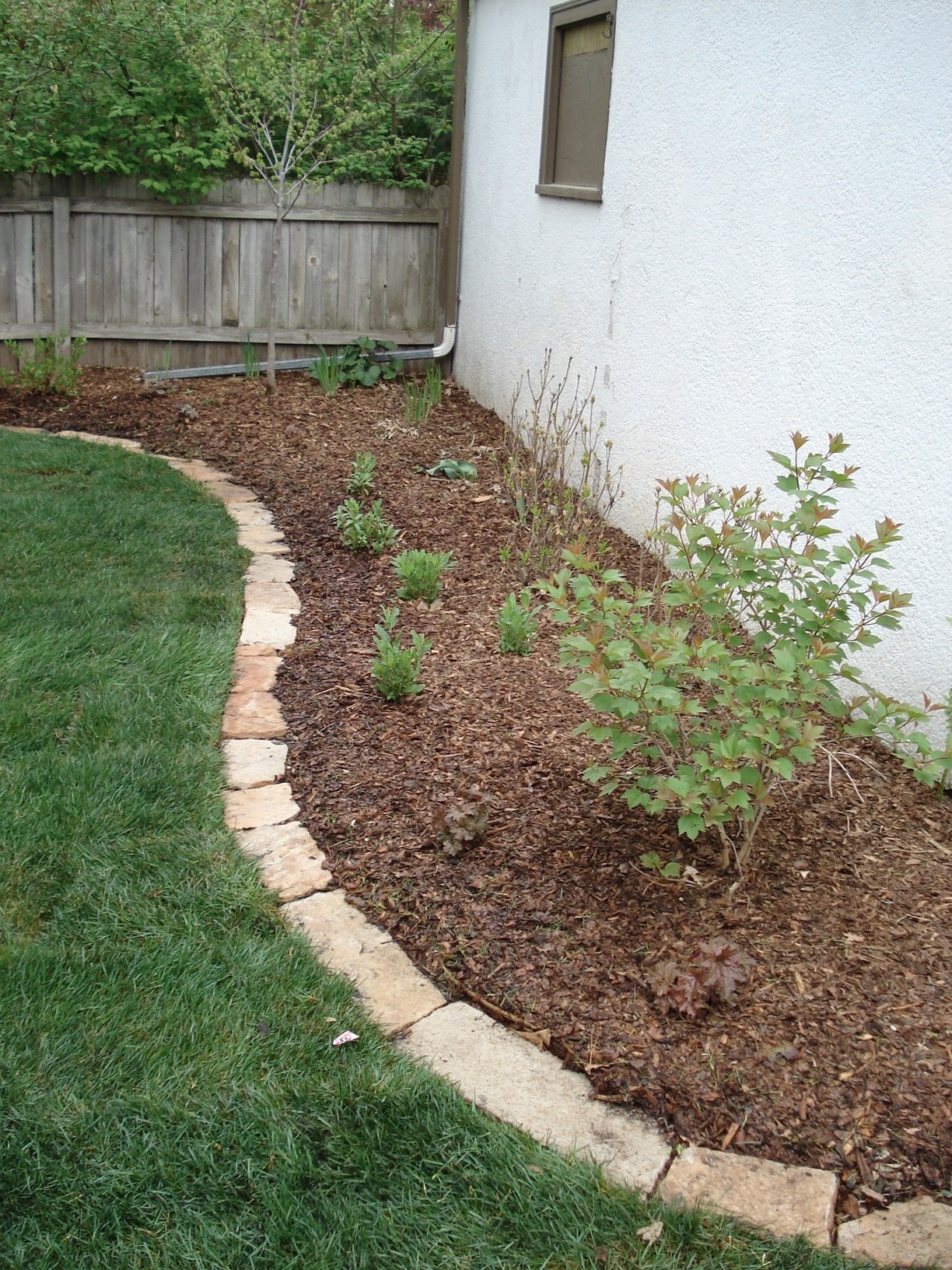
We’re going to outline several ways you can increase your privacy with landscape edging. As long as you keep up with them during the growing season, landscape edging will serve you well all spring, summer, and into the fall. Additionally, you can combine them with traditional wooden fences to help save a little money. Landscape edging makes wonderful boundaries that look natural and add a touch of green to your yard. If this isn’t the case and you can see people every time you go into your yard, it can be difficult to sit down and really enjoy it. Mid-spring to early summer, when the water has warmed a little, are the best times for planting up a wildlife pond, adds the RHS.When you go out into your backyard, do you worry about privacy? You most likely have neighbors very close by unless you live out in a rural area or own several acres. Lesser spearwort is another marginal plant that's particularly good for pollinators. The Wildlife Trusts suggests the likes of marsh marigold, silverweed, flowering rush, cuckooflower, and the low-growing ground cover creeping Jenny. They'll offer color, textural interest, and places for wildlife to shelter, and can be good for pollinators. Floating plants also provide shade, shelter, and a place for small creatures to rest.Īdd plenty of marginal plants around the edge of your pond too – these are varieties that need wet soil to thrive. You'll want a few oxygenators – both ones that live beneath the water and ones that float on the top – which release oxygen as they grow to keep the water healthy. 'When buying plants for the pond, there are several different types that are recommended, each with a specific purpose,' says Homebase. (Image credit: Polly Eltes/Future) Which pond plants are best for wildlife?
Landscape edging ideas with rock how to#
You can find more tips on how to build a garden pond in our practical guide. However, a mini pond at just 7.9–11.8in (20–30cm) deep is still valuable for wildlife, they add.

The Wildlife Trusts and the RHS advises that 6.6ft x 6.6ft (2m x 2m) at 23.5in (60cm) deep is perfect for overwintering frogs. Just remember to keep that long, gradual slope, at least on one side, when building it. 'Shallower ponds can accommodate the vast majority of plants and animals, so bigger isn’t necessarily better,' says Homebase.

Plus, they'll provide a good viewing platform to watch the wildlife up close. The stepping stones add a playful touch and make the scene more interactive. Ann-Marie Powell was delighted to see a water beetle move in before the show even opened, as well as visiting chaffinches, red admiral butterflies, bees and damselflies. The pond area has a natural shape with an informal, planted edge, just like you would see in the wild. An impressive amount of 12,000 plants were used overall, including over 300 different varieties, 80 per cent of which were native. This show garden, designed by Ann-Marie Powell, aims to reconnect visitors with nature. Looking for more large garden ideas? You'll find plenty of stunning suggestions in our guide.'This may need weighting down to keep one end below the water line,' they add. The RHS suggests building up at least one edge with stones, fitting a wooden ramp covered in chicken wire or cut with grooves for grip, or, for a more natural look, part-submerging a large branch or log. If you recreate the look, just remember to provide a way for smaller creatures to get in and out of the water easily. This provides the perfect place for wildlife to reproduce and hide from predators. Whilst half of the pond has a sleek, paved edge, you'll notice how the other sides have been bordered with a mass of greenery. Plus, frogs can lay their eggs on the underside. These look beautiful, true, but the floating leaves are also ideal resting spots for small creatures.

Why? Well, for starters, note the addition of water lilies. This large pond is a real focal point for this garden, and is sure to encourage natural visitors.


 0 kommentar(er)
0 kommentar(er)
